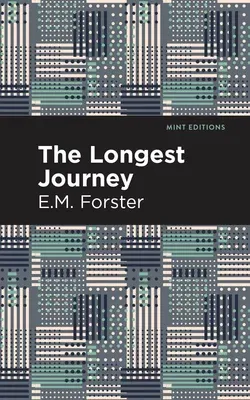The Longest Journey (1907) is a novel by English author E.M. Forster.
Despite its critical success, the novel was a commercial failure for
Forster, but has since grown in reputation and readership to help cement
his reception as one of twentieth century England's most talented
writers.
Rickie Elliot enters Cambridge as a young man, exploring his interests
in poetry and art and joining a circle of intellectuals centered around
a philosopher named Stewart Ansell. An orphan, Rickie cherishes his
small number of friends, including Agnes and her brother Herbert, who
were his only companions as a youth. When Agnes's fiancé dies in a
football match, Rickie steps in to console her, and the two become
engaged. Shortly afterward, a visit to Rickie's elderly Aunt leads to
his discovery of a stepbrother named Stephen, and the young scholar is
plunged into the past and forced to face his family's secret history.
While Agnes, now his wife, encourages him to reject Stephen, Rickie
struggles with his feelings and takes his frustration out on his pupils
at the dormitory school where he has been appointed to teach classics.
Cut off from his Cambridge friends, and growing apart from Agnes, Rickie
makes an effort to connect with Stephen, who has grown to be a troubled
young man. Between literary fame and married life, the bonds of family
and friendship, Rickie's story of hardship and personal development
poses poignant questions regarding social conventions, infidelity, and
the life of a struggling artist. The Longest Journey is a powerful
bildungsroman and the second novel published by English literary icon
E.M. Forster.
With a beautifully designed cover and professionally typeset manuscript,
this edition of E.M. Forster's The Longest Journey is a classic of
English literature reimagined for modern readers.

